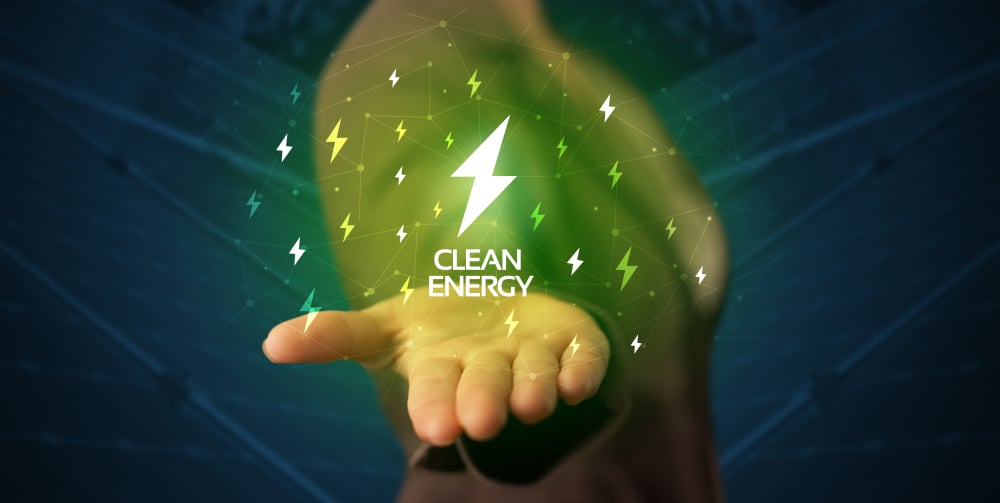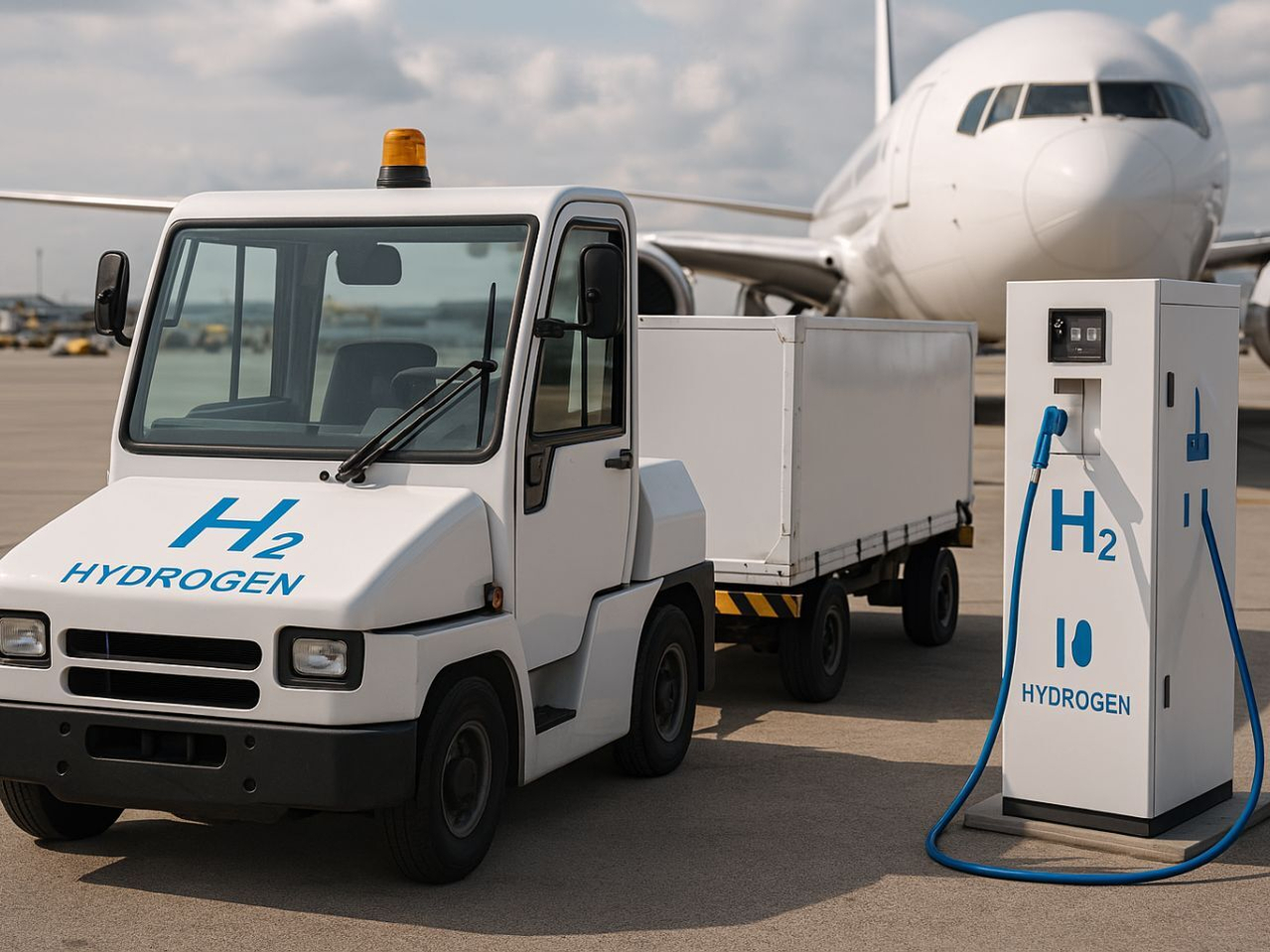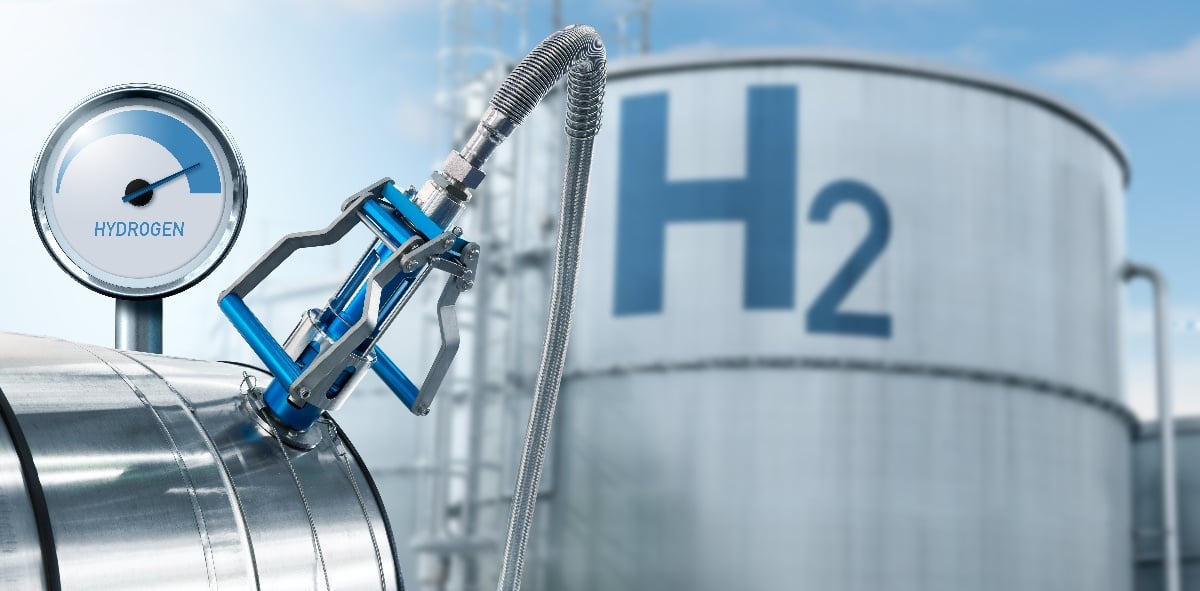
The green hydrogen pipeline in Italy
A few days after returning from one of the new meeting points for the European hydrogen supply chain, Hydrogen Technology Expo Europe, organized last week in Bremen, we decided to take stock of the projects in Italy in the hydrogen world. The Italian presence among the exhibitors was relatively small, but among the visitors we noticed a certain excitement and interest that gave us new ideas to structure Interfluid's future commitment in this segment of the green industry. We therefore asked ourselves which Italian regions are investing in the creation of a hydrogen supply chain and how our Country System can be ready.
Hydrogen projects related to Italian green industry
In September 2021 Confindustria (main association representing manufacturing and service companies) produced an "Action Plan for Hydrogen" which analyzes the opportunities of hydrogen in Italy, also taking into account the strategies implemented by Germany, Holland and France and investigating future prospects.
In this article we will make an excursus of the open projects in Italy which does not aim to be exhaustive but, on the contrary, is open to suggestions and updates. If you have any projects to add, write to us at: marketing@interfluid.net, we will be happy to complete the list.
ABRUZZO: Hydrogen mobility "LIFE3H project"
The Abruzzo region is leading the LIFE3H project, co-financed by the LIFE Program of the European Union, lasting 4 years and oriented towards hydrogen mobility. Life3h stands for "Hydrogen demonstration in city, port and mountain area to develop integrated hydrogen valleys" and aims to develop three Hydrogen Valleys (sites for the production, storage and use of integrated hydrogen). LIFE3H will use hydrogen made available by Chimica Bussi, obtained through electrolysis. The fuel will be destined for dedicated buses.
SOUTH TYROL: the Bolzano IIT research about hydrogen as a fuel
South Tyrol is also investing in the production of hydrogen as a fuel generated from renewable energy, with the aim of achieving gradual energy independence.
The project was born from the collaboration with the Brenner motorway and with the support of the European Regional Development Fund. We add that a national pioneer for research on "green" hydrogen, the Bolzano Institute for Technological Innovations (IIT), is located in this region.
CAMPANIA: a project about hydrogen as alternative energy
The Federico II University Department of Chemical Engineering in Naples is working on the topic of hydrogen as alternative energy together with other Italian University Research Centers (Pisa, L'Aquila, Salerno, Bologna, Messina, Rome) with the contribution of the industrial partner Technip Spa and making use of of an experimental lab made available by Napoletanagas Spa.
Focusing on hydrogen to drastically intervene on urban pollution is the research perspective, which aims to use the knowledge accumulated by Chemical Engineering in the production of hydrogen to be used in industrial processes. The world of academic research and business will be united in finding new solutions to reduce the costs of hydrogen production, currently not competitive with other sources.
Snam's Hydrogen Innovation Center will continue the collaborations already in place with hydrogen research centers, including the partnership with ENEA for the Hydrogen Valley in Casaccia (Rome).
EMILIA ROMAGNA: Hydrogen Innovation Center
The University of Modena and Reggio Emilia and Snam have signed a framework agreement to create a Hydrogen Innovation Center, created with the objective of bringing together industrial partners and university research centers for the development of new technological solutions that leverage hydrogen to promote decarbonisation and the energy transition in line with national and European climate objectives. The partnership also aims to encourage the necessary exchange between the world of research and industry.
LAZIO: hydrogen supply chain in Casaccia (Rome)
The project conceived by ENEA for the construction of a technological incubator for the development of the hydrogen supply chain also involves the world of universities, research institutes, associations and businesses. Research, technologies, infrastructures and innovative services are the basis of the Enea project which at the Casaccia Research Center, near Rome, wants to create a set of hi-tech infrastructures for research and experimentation along the entire hydrogen supply chain: from production to distribution, from storage to use as a raw material for the production of clean fuels and as an energy carrier. The ultimate goal is to reduce CO2 emissions in industry, mobility, energy generation and residential.
LOMBARDY: from public transport to the hydrogen distribution
The FNM, Trenord and Regione Lombardia H2iseO project for the replacement of current diesel-powered trains with new hydrogen-fueled trains starting from 2023 starts from the use of hydrogen in local public transport to complete the replacement of diesel vehicles (trains and buses) by 2025. In this second, the territory will be enabled to develop infrastructures for the production and distribution of hydrogen itself. The H2iseO project is not limited to the local area but aims to become an innovative project on a global level, scalable and replicable.
PIEDMONT: more than 3.000 sqm for hydrogen
The Piedmont region is among the candidate regions to host the National High Technology Center for Hydrogen, provided for by the Italian Government's National Recovery and Resilience Plan.
The Piedmont Region is among the few in Italy to have built and supported the creation of a hydrogen supply chain since 2003. Its companies and research centers can now provide the answers to the technological needs of international markets. With more than 3,000 square meters of dedicated areas, important development activities for solutions and products promoted by both large companies and SMEs are underway in Piedmont in 3 macro areas:
- mobility: for the development of hydrogen-powered vehicles and powertrains for rail, road, aerospace, nautical and special vehicles;
- upstream supply chain for the production, storage and distribution of green and blue hydrogen;
- industrial and stationary use supply chain: off-grid energy solutions, H2 + CO2 technologies and green cogeneration with fuel cells R.
PUGLIA: fotovoltaic for hydrogen production
Edison, Snam, Saipem and Alboran Hydrogen are united in Puglia in the project for a Green Hydrogen Valley. The project involves the cities of Brindisi, Taranto and Cerignola, in the Foggia area, for the construction of three green hydrogen production plants powered by photovoltaics to produce up to 300 million cubic meters of hydrogen per year which will be destined for use by part of the companies in the area.
The need for alternative energy solutions also emerged from the study "Energy and competitiveness in Puglia", published by Edison in January 2021, according to which the Apulian industry absorbs more energy than the average and still relies on a significant use of solid fuels.
SICILY: research and companies for the Mediterranean area
A national high-tech hydrogen center obtained from electrolysis plants, powered by renewable sources, is the project of the Sicily region that has set the ambitious goal of becoming the reference point for the Mediterranean area. The region, universities, leading companies in the sector and even innovative start-ups are involved in the project that aims to encourage the interaction between supply and demand.
VENETO: two projetcs for and hydrogen hub in Venice
Veneto is also committed to creating a hydrogen hub in Venice that can be replicated in other highly energy-intensive regional industrial districts. The memorandum of understanding was signed between the Port System Authority of the Northern Adriatic Sea (AdSP MAS) and the Sapio Group with Hydrogen Park. The collaboration is divided into two projects: "PORTS8" with the aim of creating a hydrogen production center and road refueling station in the port area of Porto Marghera (Venice); "SUNSHINH3" which intends to develop an innovative green ammonia distribution system from which to derive the supply of green hydrogen, eliminating carbon dioxide emissions.
The creation of a hydrogen district of a vast metropolitan area is in line with the "Manifesto for sustainability" drawn up by Confindustria Venezia and which expresses the commitment of the entire business system towards the challenge posed by the ecological transition underway: industrial development with social and environmental protection.



